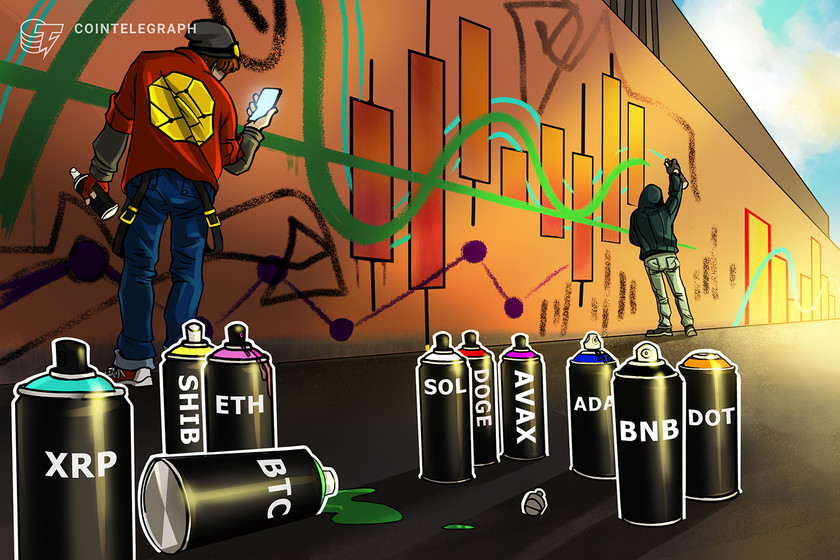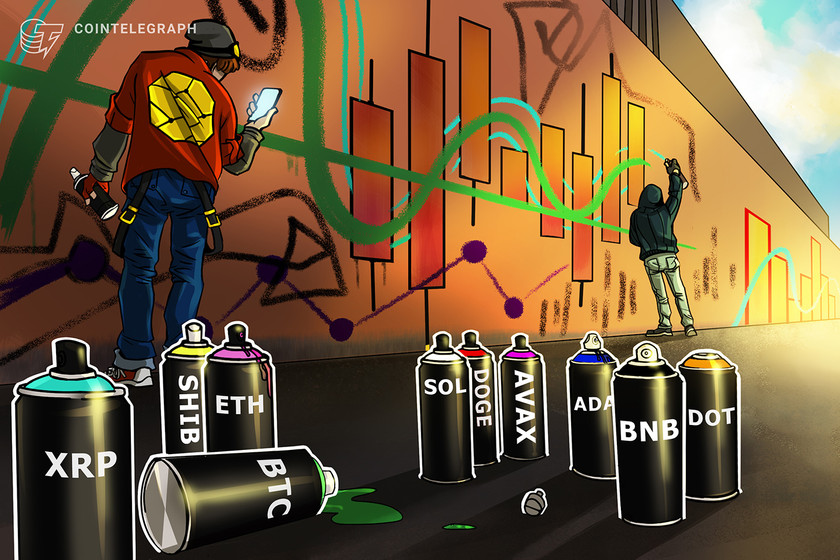Over 200K BTC now stored in Bitcoin ETFs and other institutional products


Bitcoin ETPs now have more BTC under control on behalf of clients than ever before.
Bitcoin (BTC) investment vehicles are seeing “gargantuan” inflows this month, which is a fresh sign that traders’ appetite for BTC exposure is mounting.
Data from monitoring firm Arcane Research published this week shows that Bitcoin exchange-traded products (ETPs) now have record high BTC under management.
“Happier days” for Bitcoin ETPs as buyers pile in
Despite BTC price action failing to draw in buyers at over 50% below all-time highs, not everyone is feeling risk-off.
According to Arcane’s data, Bitcoin ETPs have seen a flurry of interest from institutional investors both this month and last.
In total, Bitcoin ETPs, which include products such as the ProShares Bitcoin Strategy exchange-traded fund (ETF), now have 205,000 BTC under their control — a new record.
“While the May recovery was strong in ETPs, June has seen even happier days!” Arcane analyst Vetle Lunde told Twitter followers while uploading the numbers on June 2.
“The first two days of June have seen gargantuan net inflows to Purpose, 3iQ Coinshares, and BITO, pushing the global BUM to a new all-time high of 205,008 BTC.”


In the first few days of June alone, more than 7,000 BTC flowed to ETPs, almost as much as for the entirety of May, which, itself, saw an impressive 9,765 BTC rise.
“Massive $BTC inflows into Bitcoin ETFs in June already,” Zhu Su, cofounder of asset manager Three Arrows Capital, reacted.
Little reprieve for GBTC
The Purpose Bitcoin ETF, the first Bitcoin spot price ETF to launch anywhere in the world, meanwhile had $1.294 billion worth of assets under management as of June 3, data from on-chain monitoring resource Coinglass confirmed.
Related: Bitcoin bounces to $30.7K as analyst presents Stock-to-Flow BTC price model rehash


Things remained somewhat less rosy for industry stalwart the Grayscale Bitcoin Trust (GBTC), however.
According to Coinglass data, GBTC continues to trade near a record discount to the Bitcoin spot price, currently 28.68% as of June 3.
Previously, Cointelegraph reported on Grayscale’s ongoing battle to convert GBTC to a Bitcoin spot ETF.


The views and opinions expressed here are solely those of the author and do not necessarily reflect the views of Cointelegraph.com. Every investment and trading move involves risk, you should conduct your own research when making a decision.












































